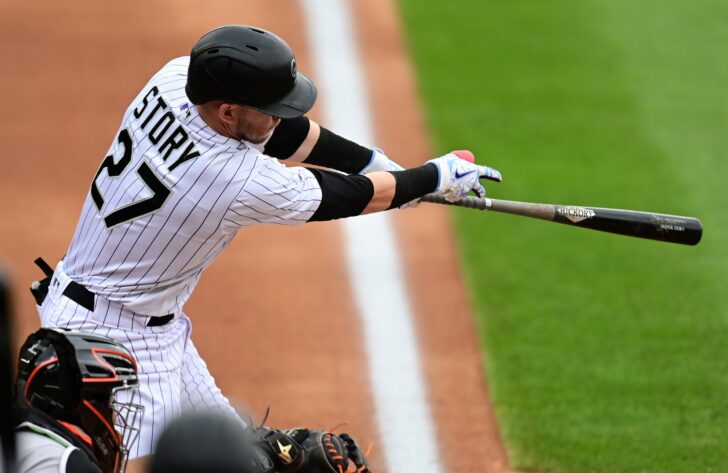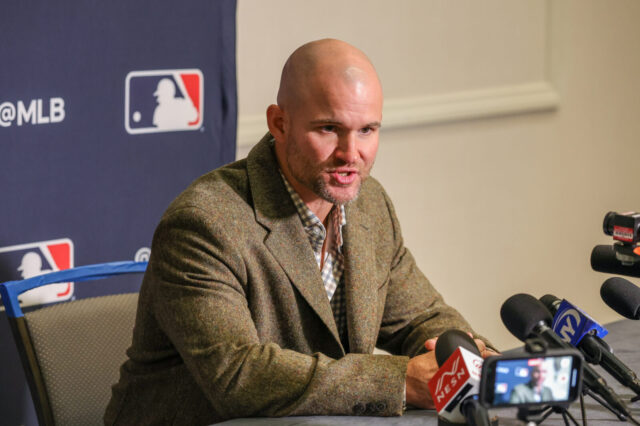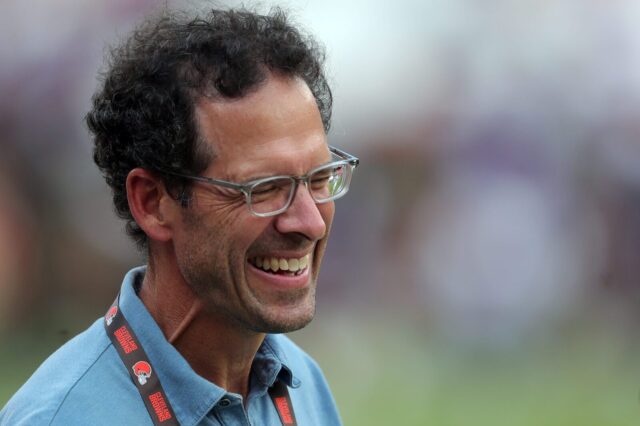The Colorado Rockies have only played 11 games. Still mathematically, that’s just over 18% of the way through this short season. There are enough data points here to make judgments on how well some of these players have performed so far.
The Rockies were projected to be very bad this year, but have completely ignored all pessimism and have outdone even the most bullish expectations so far. Considering this, there are a few players who have done much better than their own individual expectations.
Players who I did not consider because of sample size: Tyler Kinley, Jeff Hoffman, Raimel Tapia, Garrett Hampson
Just a quick side note though, Garrett Hampson is someone who could benefit from more data. He’s sporting an xwOBA of .405 despite having a wOBA of .304, suggesting he has been unlucky so far this year. He has also appeared excellent in the field.
5: Kyle Freeland
With Freeland, there was some hope he’d return to form, but even in his excellent season two seasons ago, most expected regression from him the next season. After his disaster of a 2019, many wrote him off as a fluke. Through two starts, Freeland looks more like his Cy Young-candidate self than anything else.
His mechanics look smoother and more directional and he has clearly more command of his entire arsenal. Not only this, but his pitch usage has been wildly different than his last two seasons, which were essentially the same. He’s more than doubled the usage of his changeup, from 12.5% last season to 28.8% this season. As a result, his 4-seam usage has dipped by 17%, Slider usage by 6.1%, and sinker by 5.1%. He’s also used his curve more by 11.1%. This new sequencing that he’s deployed has proven itself so far.
4: Antonio Senzatela
In my article before opening day regarding the most important positional battles, I discussed how important it was to solidify the back end of the starting rotation. Antonio Senzatela has done exactly that in his two starts this season.
For Senzatela, it’s been as simple as avoiding bats. He hasn’t made any major alterations to his pitch usage, minus decreasing his fastball usage by about 6% and distributing that number over his offspeed evenly. Senzatela has simply increased the quality of his pitches. Except for his slider, every single pitch from him has at least marginally increased in vertical movement and horizontal movement.
He hasn’t seen a major increase in spin rate nor active spin, so it seems like he’s locating his pitches better. By watching him so far, it appears like he is hitting his spots with more command. His sequencing seems effective as well. This has led to a significant jump in Whiff percentage on his pitches, ultimately resulting in a 7% jump in strikeout rate.
3: Trevor Story
Yes, Trevor Story was already incredible, but he has taken an MVP-like leap in this short season. Improvement was expected from him but this much? Let’s break it down:
Many considered him to be a bit lucky based on his .349 xwOBA last season. His xwOBA this season? An absurd .469.
It seems like he’s dialed in his eye at the plate. He’s always had great power and bat-to-ball skills but had a tendency to chase. The change has been really dramatic and almost overnight.
Story is rocking a 10.6 K% compared to a 26.5% mark last season. Still early of course but K% tends to stabilize after only about 60 PA. He’s really incredible.
— Helton HOF (@TH17HOF) August 6, 2020
His strikeout rate has dropped and it’s primarily due to his iron will at the plate. His chase rate dropped about 4% from last year, tied for master of plate discipline, Nolan Arenado. Even when he does chase, however, he’s been able to get the bat on the ball with a chase contact rate of 82.6%. Next closest on the team is Daniel Murphy at 69.6%.
He seems to be hitting almost everything too, as his whiff rate is down 9%, which is a significant number. Overall, he’s done much better than any expectation and he may be making an early MVP case.
2: Matt Kemp
In terms of expectations, I don’t think anyone expected Matt Kemp to be second on the team in wOBA this season. Nor did anyone expect him to be leading the team in slugging percentage through this point. Yet these two spots are where he is.
He’s obviously had a lot of strength throughout his career and he’s leveraged that into fantastic power numbers. This year, the power hasn’t faded much, but his eye has matured. His walk rate is the highest it’s been in the Statcast era, and his chase rate is the lowest that it’s been. His patience at the plate has paid off so far and he’s been a valuable contributor in high leverage at-bats already.
Unfortunately, the numbers do suggest that there’s decent room for regression. While posting a very impressive wOBA of .391 so far, his xwOBA is only .326. This is partially due to his Strikeout rate being relatively high, but he’s also not squaring up the ball consistently, posting an average exit velocity in the 11th percentile. The data suggests he’s been a bit lucky so far, but he’s still put up great numbers so far this season.
1: Yency Almonte
Yency Almonte has been a stellar surprise this season out of the bullpen. As a guy who the Rockies were maybe planning on being a middle innings eater, he’s already proven himself in many high leverage situations.
He’s always had plus stuff, but his issue has been with his control. He’s had a tendency to leave his pitches over the plate. One indicator of his improved control this season is that through four appearances, he has yet to walk a batter.
He’s also dropped his 4-seam usage from around 56.6% to only 44.6% this season, instead using his slider at the same rate. This appears to have paid off as his slider has proved more effective, (opponents hit a .079 wOBA off of his slider compared to .243 off of his 4-seam).
His last appearance was a 5-out save, which may be a sign that Bud Black trusts him as the interim closer while Oberg is out. If so, going from a pitcher who bounced between AAA and the Majors just a season ago directly to closing big league games for the Colorado Rockies, his transformation has been nothing short of impressive.



